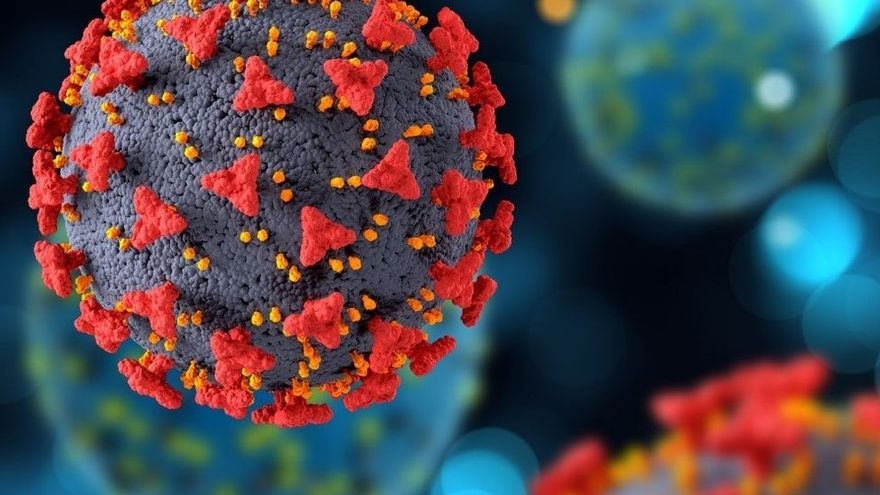According to a new study done by Imperial College London (UK) researchers and published in the scientific journal ‘Nature Communications,’ people with higher numbers of T cells from coronaviruses that cause common colds are less likely to be infected with SARS-CoV-2 like Omicron.
While prior research has demonstrated that T cells produced by other coronaviruses can recognize SARS-CoV-2, this study looks for the first time at how the presence of these T cells at the time of SARS-CoV-2 exposure determines whether or not someone becomes sick.
The researchers also suggest that their findings give a paradigm for a second-generation universal vaccination that could protect against infection from existing and future SARS-CoV-2 variations, including omicron. “We sought to know why SARS-CoV-2 virus exposure does not always result in infection. We discovered that high amounts of pre-existing T cells, which the body produces when infected with other human coronaviruses like the common cold, can defend against infection with the COVID-19 virus. While this is a significant finding, it is only one type of protection, and I would like to emphasize that the best way to protect against COVID-19 is to be fully vaccinated, including the booster dose” PhD Rhia Kundu of Imperial College London’s National Heart and Lung Institute commented as the study’s primary author.
“The best way to protect against COVID-19 is to be fully vaccinated, including the booster dose”
The trial began in September 2020, when the majority of people in the United Kingdom had not been infected with or immunized against SARS-CoV-2. It included 52 patients who had been exposed to the virus as a result of living with someone who had a PCR-confirmed SARS-CoV-2 infection. Participants were subjected to PCR testing at the start of the study, as well as four and seven days later to see if they had become infected.
Blood samples were collected from the 52 individuals between 1 and 6 days after being exposed to the virus. The researchers were able to examine the amounts of pre-existing T cells produced by past common cold coronavirus infections, which also cross-recognize SARS-CoV-2 proteins.
Vaccine key elements
The researchers discovered that the 26 people who were not infected had much larger amounts of these cross-reactive T cells than the 26 people who were infected. To protect against infection, these T cells targeted the SARS-CoV-2 virus’s internal proteins rather than the spike protein on the virus’s surface.
For the full article, please visit Diario de Ibiza website here.

